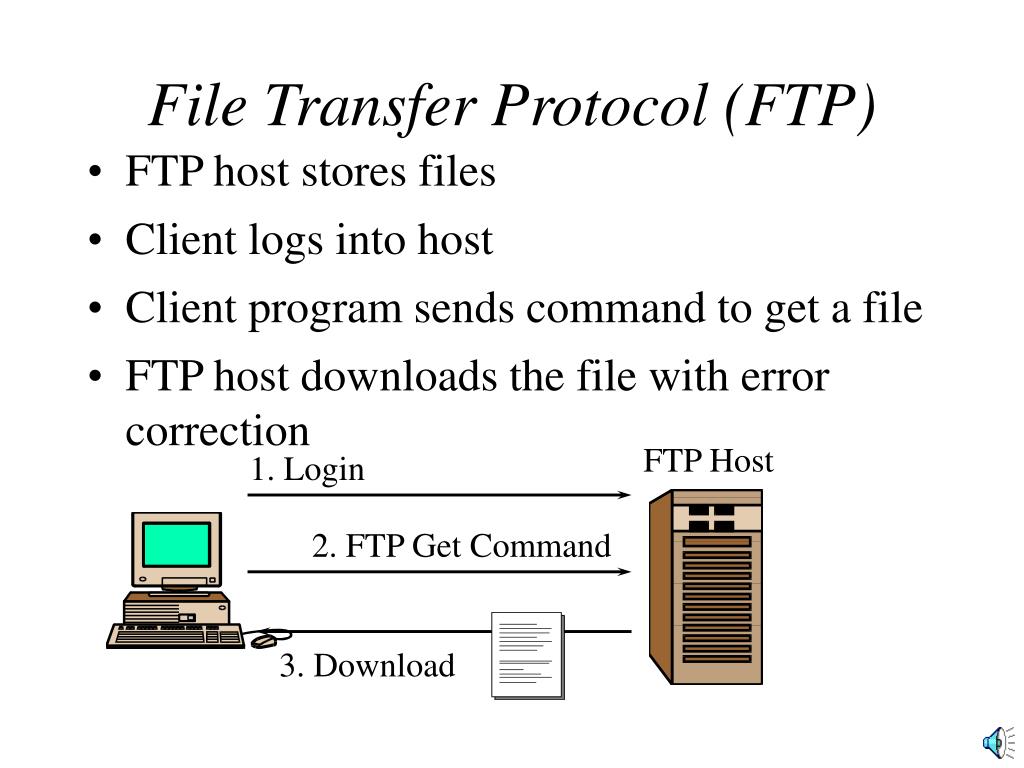

By default KeepAlive is true, where the control connection is not closed ReqFTP.Credentials = new NetworkCredential(ftpUserID, ftpPassword) ReqFTP = (FtpWebRequest)FtpWebRequest.Create(new Uri("ftp://" + ftpServerIP + "/" + fileInf.Name)) Create FtpWebRequest object from the Uri provided String uri = "ftp://" + ftpServerIP + "/" + fileInf.Name

Method - Denotes what action(command) to take in the current request.(upload, download, filelist etc.) It is set a value defined in the WebRequestMethods.Ftp structure.įileInfo fileInf = new FileInfo(filename).But if we set this property, the FTP server will get an idea in advance about the size of the file it should expect(in case of upload). Contentlength - setting this property is useful for the server we request to but is not of much use for us(client), because FtpWebRequest usually ignores this property value, so it will not be available for our use in most of the cases.The reason why passive mode is considered safe is that, it ensures all data flow initiation comes from inside(client) the network rather than from the outside(server). But since FTP servers will need to make their servers accessible to the greatest number of clients, they will almost certainly need to support passive FTP. The higher ports requested by client on server may also be blocked by firewall. But still it causes issues at the server. Earlier active FTP worked fine with all clients, but now a days as most of the random ports will blocked by firewall, the active mode may fail. UsePassive - specifies to use either active or passive mode.BTW sending ASCII files as binary works fine most of the time. Executables, formatted docs etc should be send using binary mode. To be simple, all those files that open and read well in notepad are safe as ascii. So take care when you go for the ASCII transmission. ASCII uses 8th bit as insignificant bit for error control, where as, for binary all the 8 bits are significant. At bit level both vary in the 8th bit of a byte. The 2 modes of file transfer in this case are Binary and ASCII. UseBinary - denotes the datatype for file transfers.KeepAlive - specifies if the control connection should be closed or not after the request is completed.
#Simple ftp server password#
Credentials - specifies the username and password to login to the FTP server.Then properties of the FtpWebRequest object are set, which determines the settings for the ftp request. This uri is used to create the FtpWebRequest instance. The sample for the upload functionality is as follows:įirst a uri is created which represents the ftp address along with the filename(directory structure included). FtpWebRequest object exposes many poperties to have these settings in place. One point to watch out while coding for any ftp application is to have the settings for the ftp request proper to suit the ftp server and its specific configurations. Close the FTP Request, in addition to any open streams.Recieve the response stream(if required).Set the login credentials(username, password).Set options(ssl support, transfer as binary/not etc.) for the ftp webrequest.Set the ftp method to execute (upload, download, etc.).Create an FtpWebRequest object over an ftp server Uri.The following steps can be considered as a generic procedure of getting an FTP request executed using FtpWebRequest object: Using the codeĭon't forget to add the following directive: using System.Net But I believe this gives a good, instant start for using the FTP support in. So, I haven't travelled deeper into the rabbit hole. I started working on this FTP module as part of my official work, but the requirement soon changed and I had to do it for. net scenario, or the third party implementations available were working pretty well, that this area of the. net2.0 ftp sample codes and their usage in C# may be because its a new entrant to the. The main motive behind this article was the unavailability of.
#Simple ftp server code#
Therefore the code for each functionality(upoad, download, delete etc.) can be easy picked up separately and reused. The code included is not designed to be a fulfledged reusable library, but rather an easy to use and reusable pieces of code which is easily comprehensible and can be reused and tweaked to fit your specific needs. All these days we had to rely on 3rd party libraries which pretty well suited most of our needs, but for sure, there is an extra pleasure using the. NET framework 2.0 to 1.x is the support for FTP.


 0 kommentar(er)
0 kommentar(er)
